Power Considerations:
Build Comments and Variations from the supplied equipment:
The radio system employed here is Spektrum.
Servos in General
Ailerons
Stabiliser and Elevators:
Rudder:
Undercarriage: (Bear in mind here that our local field has a grass runway......)
Front End:
Under the Canopy:
Overall Comments
Apart from some transportation damage to the canopy, cowel and fasteners, the plane was nicely manufactured. The film covering could have used a little more care. The decals went on quite satisfactorily.
Flight Review
As at 10-June-2017, not yet flown.....
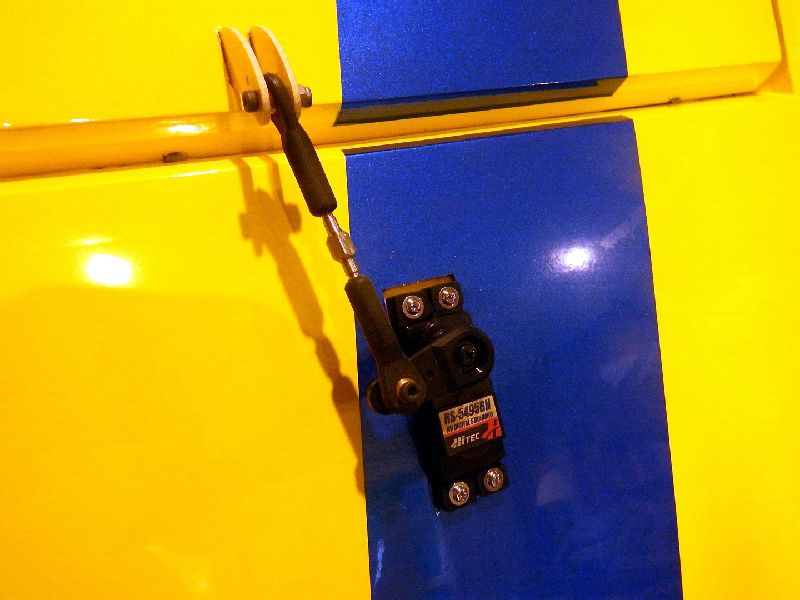
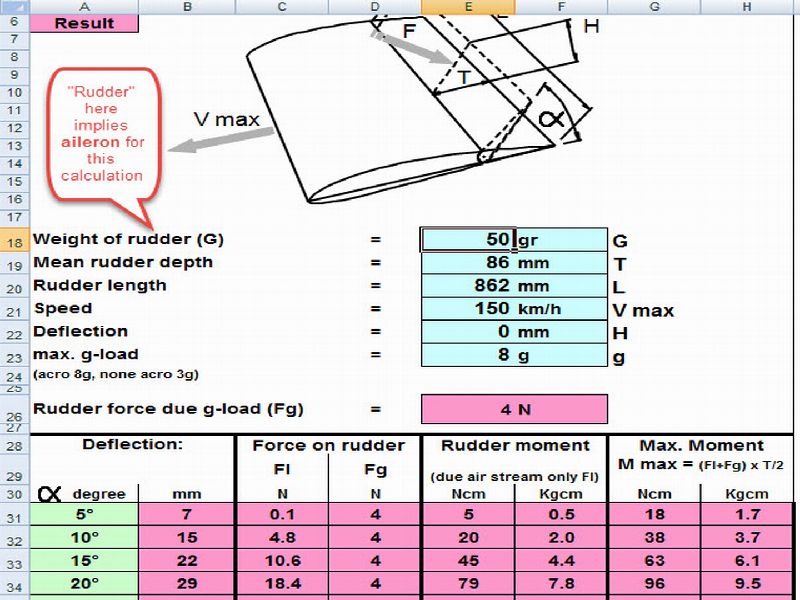
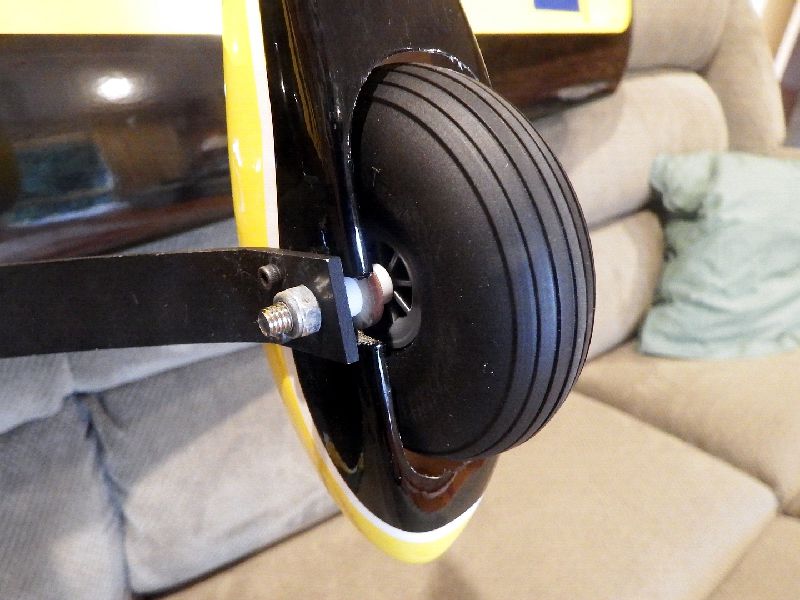
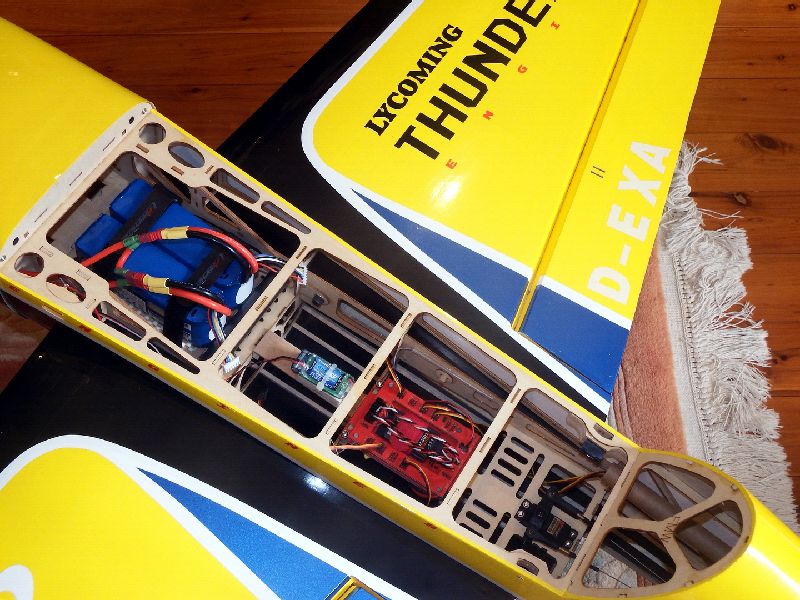
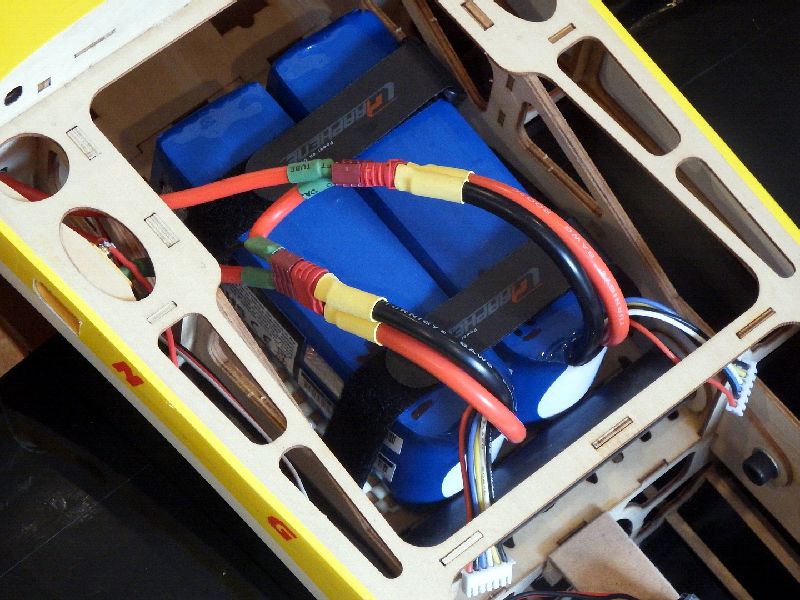
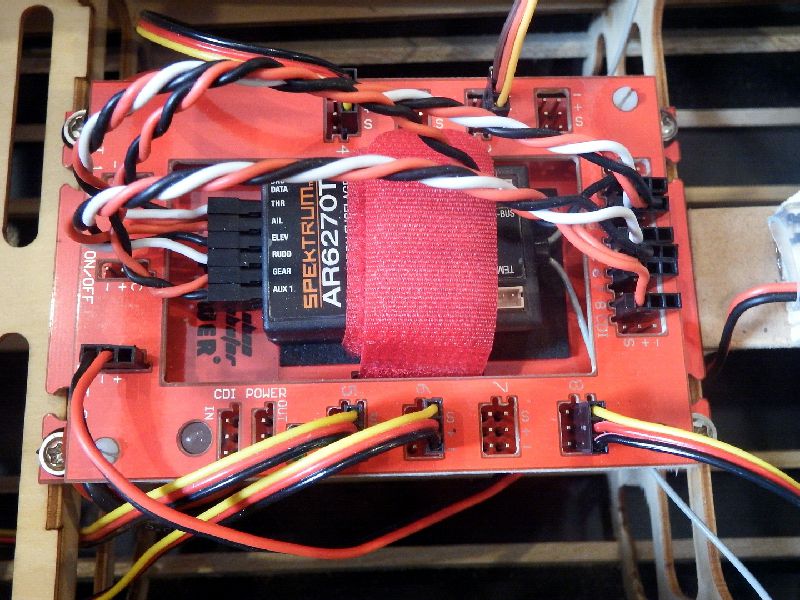
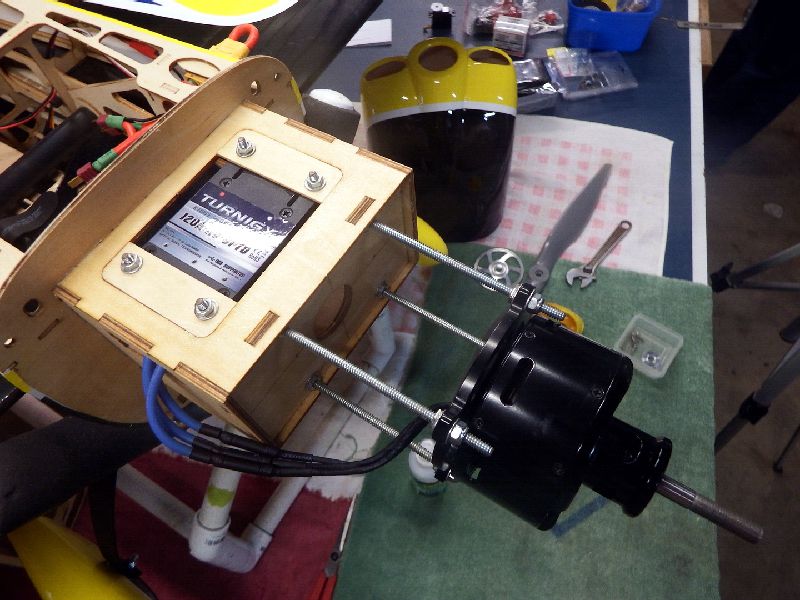
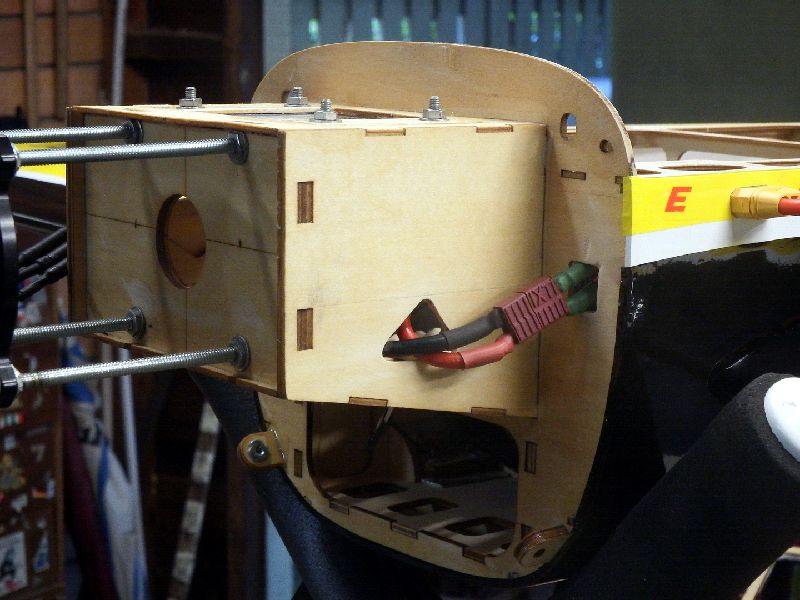
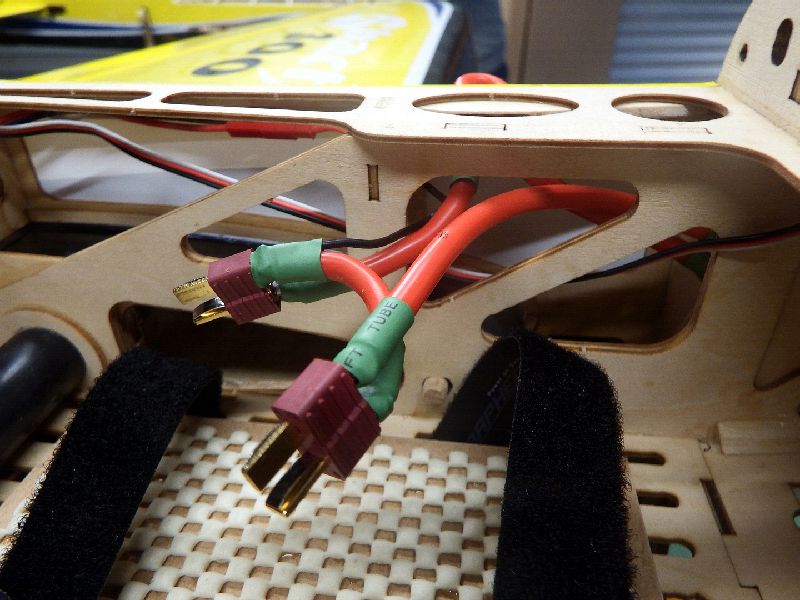
Source: Hobby King
Size: 75mm.
Aluminium-backed with draw holes in the nose to encourage air flow through the spinner and onto the motor. Painted carnival yellow to match the plane.
Source: RC World
Size: 20x10
Perfect size for our application according to eCalc - see above.
Model: Turnigy Rotomax 1.40
Max Power: 2775W
Shaft Diameter: 8mm
Weight: 715g
As per the eCalc results, this motor will provide an easy 585watts per kg for this application.
Careful, the ESC must be capable of 28 pole control.
Model: XT90S with Spark Arrestor
Half connection has 6ohm resistor in series so there is no spark as the ESC capacitors load up. Nice soldered connection covers makes for a nice result.
Two of these in series making up a power pack of 10S 5000 30C capable of producing 2700watts.
Technical images above show the straps in operation. Two are required to properly hold down 2 x 5S batteries.
Model: Mini Servo Section Board
Feature: 30A capable.
For this application:
- 6 Volts input from SBEC.
- 6 Volts direct output to servos.
- On board UBEC feeds steady 5.5v to the Rx.
- Rx signal lines only feed on to the servos.
Model: Spektrum AR-6260
Modulation: DSMX
Especially designed for difficult fuselage applications, the long antennae provide for good reception coverage.
This sits inside the Servo Section Board and is well fastened to it.
Model: Hitec HS-5495BH
Used all around, this Karbonite geared servo will produce a stall torque of 6.4kg.cm at the intended 6v power supply. As shown in the technical section, this servo seems quite capable of doing the job here.